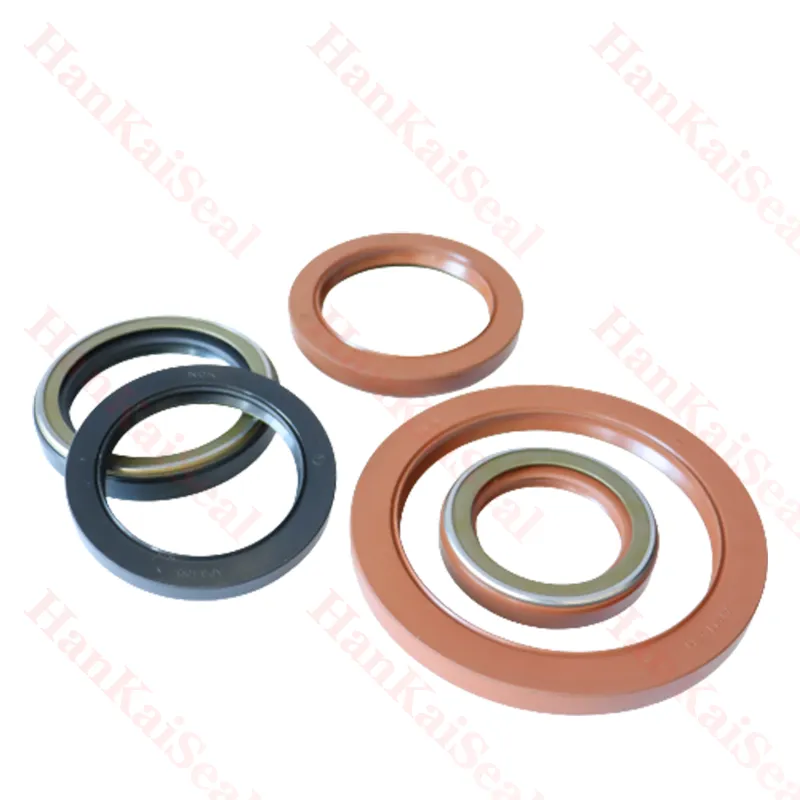Oct . 15, 2024 05:20 Back to list
Understanding the Functionality and Importance of Piston Wiper Rings in Engine Performance
The Importance of Piston Wiper Rings in Engine Performance
Piston wiper rings play a crucial role in the functionality of internal combustion engines. As one of the key components of piston assembly, these rings are essential for maintaining the performance, efficiency, and longevity of an engine. In this article, we will explore what piston wiper rings are, how they function, their materials, and their significance in engine design.
What Are Piston Wiper Rings?
Piston wiper rings, often referred to as scraper rings, are specifically designed to locate at the top part of the piston assembly. Their primary function is to wipe excess lubricating oil off the cylinder walls and prevent it from entering the combustion chamber. This helps to minimize oil consumption, reduce emissions, and ensure a cleaner combustion process that ultimately leads to improved engine performance.
How Do Piston Wiper Rings Function?
During the engine's operation, the piston moves up and down within the cylinder. As the piston travels down, the wiper ring scrapes excess oil off the cylinder wall, ensuring that only the required amount of lubrication is present. This is vital since the oil is necessary for reducing friction between the moving parts, but too much oil can lead to undesirable outcomes such as increased emissions and oil fouling of the spark plugs.
When the piston moves upward, the wiper ring creates a seal that prevents any oil from escaping into the combustion chamber. This seal is critical for maintaining the engine's efficiency, as any uncontrolled oil entering the combustion chamber can lead to incomplete combustion, increased smoke emissions, and lower overall performance. Additionally, a properly functioning wiper ring will help maintain the engine's pressure by preventing any loss of combustion gases into the crankcase.
Materials Used in Piston Wiper Rings
Piston wiper rings are typically made from high-quality materials that can withstand extreme conditions. These materials are designed to endure high temperatures, corrosive environments, and wear over time. Common materials include
piston wiper ring

- Cast Iron This is one of the most traditional materials used for piston rings due to its excellent wear resistance and ability to withstand high pressures.
- Steel Alloyed steels are often used for performance-oriented applications. They offer better strength-to-weight ratios and can endure high temperatures.
- Composite materials With advancements in technology, composite materials that combine plastic and other additives are increasingly being used. These can provide superior durability and lower friction compared to traditional materials.
Significance in Engine Design
The design and functionality of piston wiper rings contribute significantly to engine performance. First and foremost, they help to optimize the oil control within the engine, leading to improved fuel efficiency. When the engine efficiently utilizes oil, it requires less fuel to achieve the same power output, thus enhancing overall performance.
Moreover, the proper functioning of wiper rings aids in reducing emissions. With strict environmental regulations in place, an engine that prevents excessive oil from entering the combustion chamber will result in lower hydrocarbon emissions, which are detrimental to the environment.
Another crucial aspect is longevity. A well-designed piston wiper ring can significantly extend the lifespan of an engine. By preventing oil dilution and ensuring optimal lubrication, these rings minimize wear on critical components, reducing the need for engine overhauls and, consequently, lowering maintenance costs.
Conclusion
In conclusion, piston wiper rings are fundamental components of internal combustion engines. Their role in managing oil control, enhancing engine efficiency, reducing emissions, and promoting longevity cannot be overstated. As engine designs continue to evolve, the materials and technologies surrounding piston wiper rings will also develop, leading to improved performance and sustainability. Engine manufacturers and designers must prioritize the engineering of these components to ensure that they meet the demands of modern automotive applications while adhering to environmental standards. Through continued innovation, we can expect to see even greater advancements in how piston wiper rings contribute to the future of engine technology.
-
TCN Oil Seal Metal Ring Reinforcement for Heavy Machinery
NewsJul.25,2025
-
Rotary Lip Seal Spring-Loaded Design for High-Speed Applications
NewsJul.25,2025
-
Hydraulic Cylinder Seals Polyurethane Material for High-Impact Jobs
NewsJul.25,2025
-
High Pressure Oil Seal Polyurethane Coating Wear Resistance
NewsJul.25,2025
-
Dust Proof Seal Double Lip Design for Construction Equipment
NewsJul.25,2025
-
Hub Seal Polyurethane Wear Resistance in Agricultural Vehicles
NewsJul.25,2025
-
The Trans-formative Journey of Wheel Hub Oil Seals
NewsJun.06,2025
Products categories
















